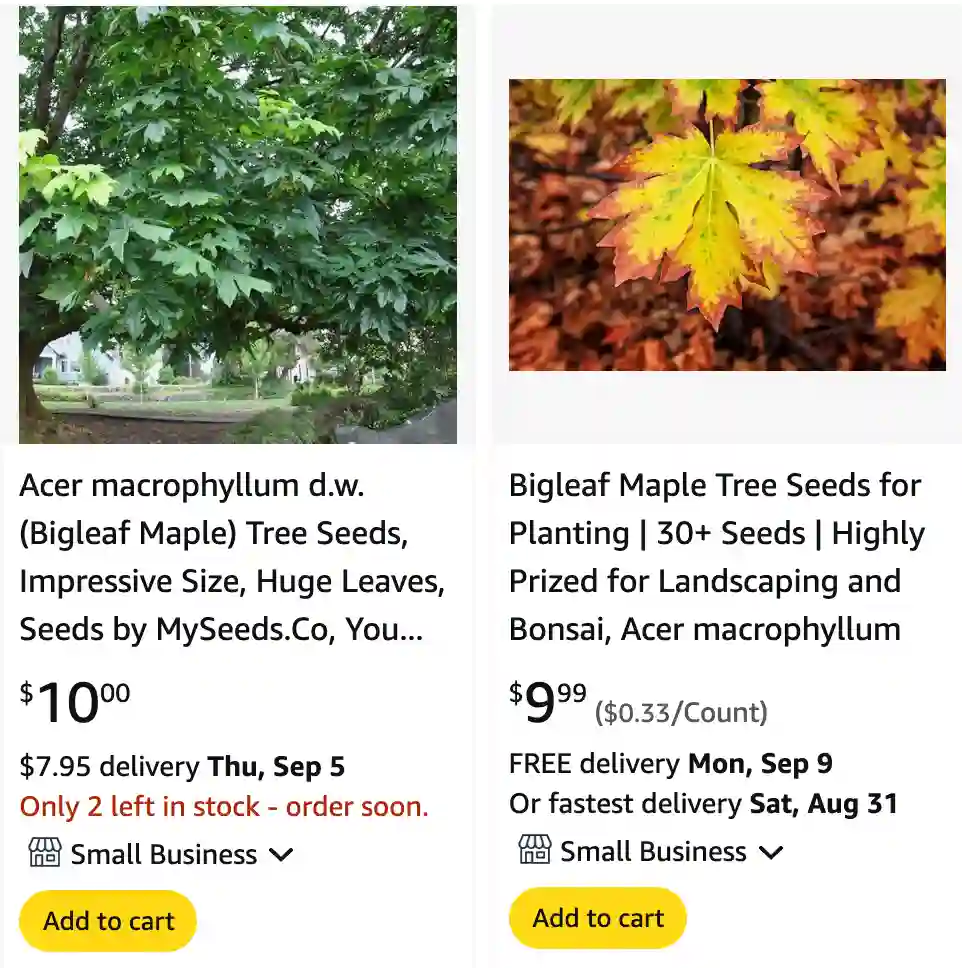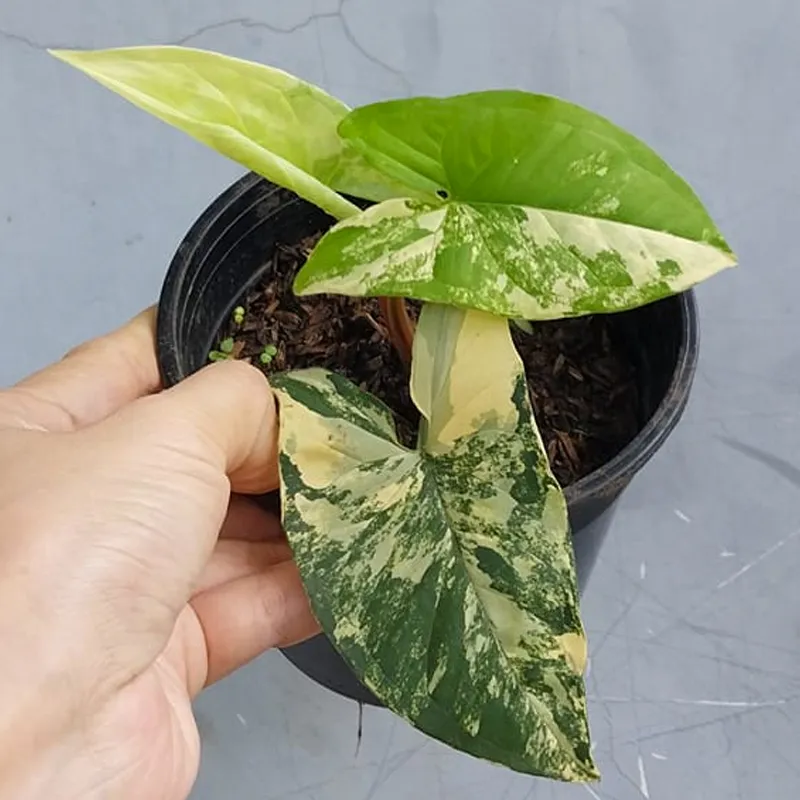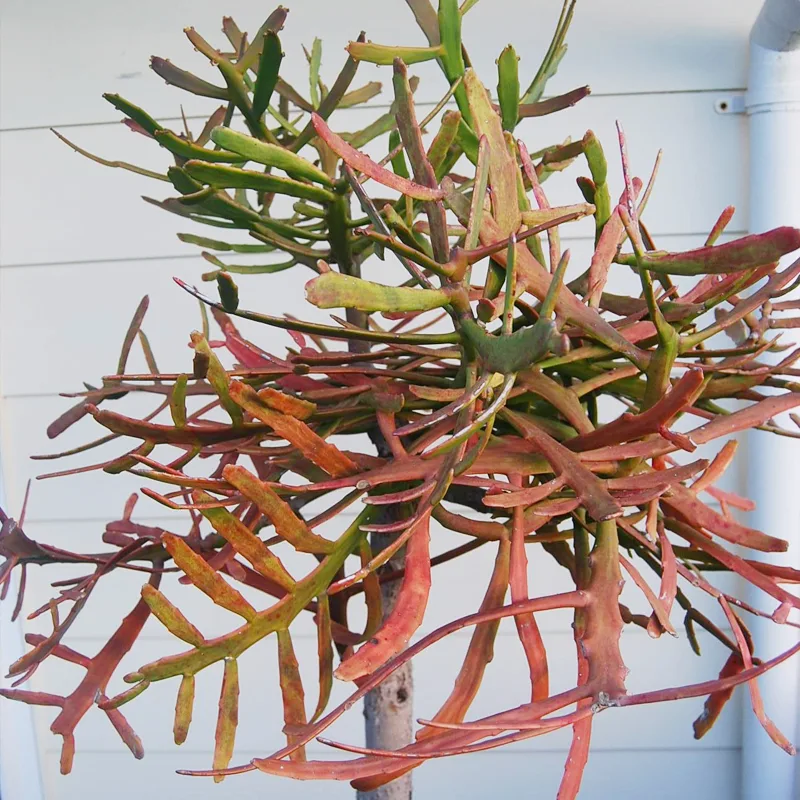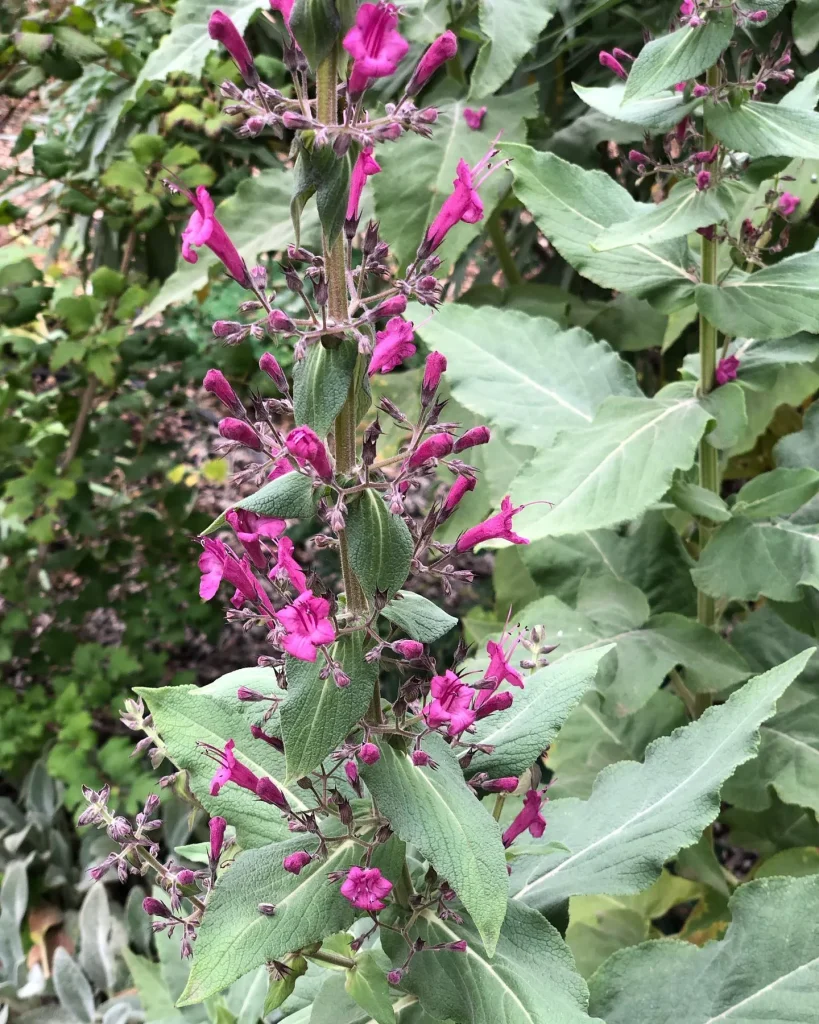
Acer Macrophyllum: A Comprehensive FAQ Guide
When diving into the world of plants, the Acer Macrophyllum, commonly known as the Big Leaf Maple, stands out due to its impressive foliage and striking appearance. Whether you’re considering adding one to your garden or simply curious about this fascinating tree, here’s a comprehensive FAQ guide that addresses the most common questions and provides valuable insights into caring for and understanding Acer Macrophyllum.
168 Species in Genus Acer – Maple Tree
How Wide is Acer Macrophyllum Big Leaf Maple?
Acer Macrophyllum, aptly named for its large leaves, can grow quite large. The leaves themselves can span up to 12 inches across, giving the tree its name. When it comes to the width of the tree, Acer Macrophyllum can spread out significantly. Mature trees often reach widths of 30 to 50 feet, though in ideal conditions, they can exceed this range. This impressive spread makes it a fantastic choice for creating a shaded area or as a focal point in a larger landscape.
What Does Acer Macrophyllum Mean?
The name Acer Macrophyllum is derived from Latin. “Acer” is the Latin term for maple, while “Macrophyllum” comes from “macro,” meaning large, and “phyllum,” meaning leaf. So, Acer Macrophyllum literally translates to “large-leaved maple,” which perfectly describes the tree’s most distinguishing feature.
How to Care for Acer Macrophyllum?
Caring for Acer Macrophyllum requires attention to its specific needs. Here’s a guide to keeping your Big Leaf Maple healthy and thriving:
- Sunlight: Acer Macrophyllum thrives in full sun to partial shade. While it can tolerate a range of light conditions, it will grow best with plenty of sunlight, particularly in cooler climates.
- Soil: This tree prefers well-draining soil. It can tolerate a variety of soil types, but ensuring good drainage will help prevent root rot and other issues.
- Watering: Regular watering is crucial, especially during dry periods. Keep the soil consistently moist but not waterlogged.
- Pruning: Prune Acer Macrophyllum to maintain its shape and remove any dead or damaged branches. Pruning is best done in late winter or early spring before new growth begins.
How to Propagate Acer Macrophyllum?
Propagating Acer Macrophyllum can be done through several methods:
- Seed: Collect seeds from mature trees in the fall and sow them in a seed-starting mix. Keep them in a cool, moist environment until they germinate.
- Cuttings: Take semi-hardwood cuttings in late summer. Dip the cut end in rooting hormone and plant it in a well-draining potting mix. Keep the cuttings in a humid environment until they establish roots.
- Grafting: This method is more advanced and involves grafting a cutting onto a rootstock. It’s commonly used to ensure the new tree retains the characteristics of the parent tree.
What to Plant With Acer Macrophyllum?
When planting Acer Macrophyllum, consider companions that complement its size and provide a balanced landscape. Some great options include:
- Understory Plants: Shade-loving plants such as hostas, ferns, and astilbes work well under the canopy of a Big Leaf Maple.
- Ground Covers: Planting ground covers like creeping juniper or vinca can help manage weeds and add visual interest.
- Shrubs: Consider shrubs such as hydrangeas or azaleas to add color and variety around the base of the tree.
Can You Grow Acer Macrophyllum Indoors?
Acer Macrophyllum is best suited for outdoor environments due to its size and light requirements. While it is possible to grow it indoors temporarily, it would require a large space and specific conditions to mimic its natural habitat. For indoor cultivation, consider smaller maple varieties better suited for container growth.
Is Acer Macrophyllum Toxic?
Acer Macrophyllum is not known to be toxic to humans or pets. However, as with any plant, it’s best to avoid ingestion to prevent any potential digestive issues.
Benefits of Acer Macrophyllum
- Shade: Its large leaves provide excellent shade, making it a great choice for cooling outdoor spaces.
- Aesthetic Appeal: The striking foliage and vibrant fall color make it a beautiful addition to any landscape.
- Wildlife Habitat: The tree supports various wildlife, including birds and insects, by providing shelter and food.
Common Problems with Acer Macrophyllum
- Leaf Spot: Look out for fungal infections that can cause spots or discoloration on the leaves. Ensure good air circulation and avoid overhead watering to mitigate this issue.
- Pests: Watch for pests such as aphids or scale insects. Regular inspections and appropriate treatments can help manage these pests.
Comparing Acer Macrophyllum with Other Maple Trees
Compared to other maple species, Acer Macrophyllum is notable for its larger leaves and broader canopy. For example:
- Acer Rubrum (Red Maple) has smaller leaves and a more compact growth habit.
- Acer Saccharum (Sugar Maple) also has larger leaves but typically grows in a more upright form compared to the wide-spreading Acer Macrophyllum.
In conclusion, Acer Macrophyllum is a magnificent tree that adds both beauty and functionality to any garden. By understanding its needs and characteristics, you can successfully incorporate this Big Leaf Maple into your landscape, ensuring it thrives and enhances your outdoor space for years to come.
If i die, water my plants!



